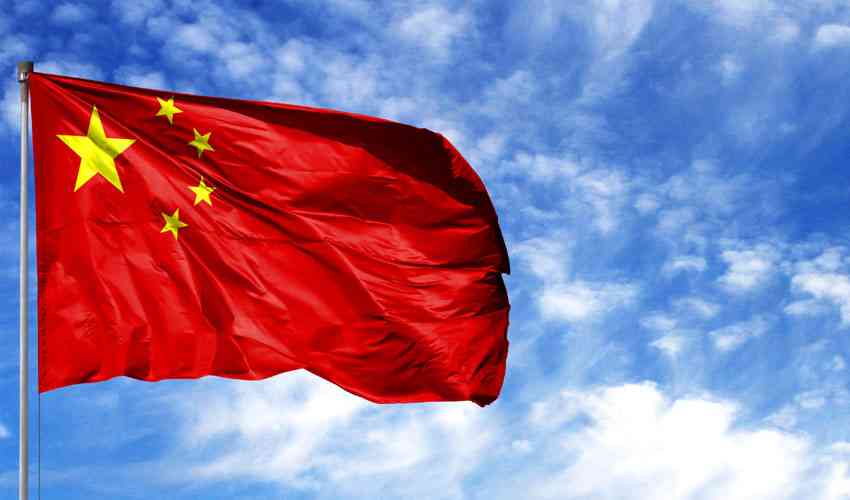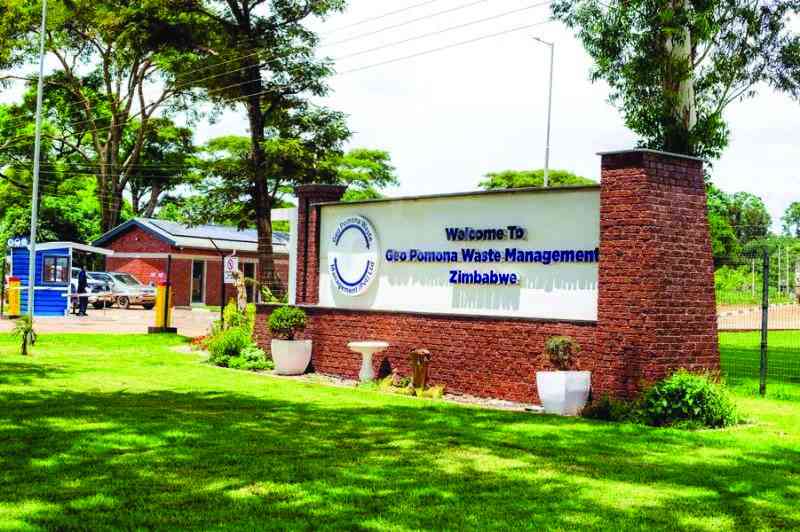
CHINA has, over the past decades, represented a successful, yet dirty economic growth story that has seen the country rise to become one of the global economic and political superpowers.
Its economic growth is marred by several reports of human rights abuses, damage to the environment, unorthodox trade practices, and several others.
Others have argued that these negative assessments were coming from the Western bloc which is jealous that China had stolen the economic glow from it.
The story behind China’s economic growth is not as dirty as portrayed but is largely an outcome of a more tactical and strategic approach.
After an economic slump during Mao Zedong’s leadership from the 1950s to 1970s, there was a deliberate effort to reignite the economy.
That process started with economic reforms, and trade liberalisation in the late 1970s which opened up to foreign trade, investment, and an affordable labour-driven manufacturing sector.
These together with capital availability, competitiveness, economic and political stability, a large consumer base and openness to regional and international markets made China one of the fastest and sustainable growing economies in the world.
The growth of the Chinese economy could not have happened that fast without investment from Western countries which found it more affordable and profitable to outsource manufacturing and production to China.
- The brains behind Matavire’s immortalisation
- Red Cross work remembered
- All set for inaugural job fair
- Community trailblazers: Dr Guramatunhu: A hard-driving achiever yearning for better Zim
Keep Reading
The cheap labour which violated human and labour rights is what attracted European and American corporates to China.
Today, China is the second largest economy in the world and a major commercial partner of the United States (US), largely on merchandise, source of imports, export markets, and US Treasury securities. These efforts have raised nearly a billion people out of poverty.
The latest analysis shows that China’s economy is slowing down — perhaps a sign that it has reached its peak with its real gross domestic product dropping from 14,2% in 2007 to 6,6% in 2018, and latest projections estimate a fall to 5,5% by 2024.
The Chinese government is aware of this natural economic progression and has started to encourage its people to embrace a new normal that shifts from an export-dependent economy to one that taps into innovative approaches, domestic consumption, and a diversified service industry to sustain and drive economic growth.
China is also aware of the risks faced by economies when they reach their peak or the maximum limit of growth.
It is a phase often characterised by a reversal of the economic gains which may lead to a recession when the demand for goods and services starts declining rapidly which results in excess supply on the market pushing prices to fall.
If not properly managed, income, output, and wages may also start to fall pushing consumers to adjust their budgets and expenditures, a scenario that may trigger economic and political instability.
An economic reversal is not only a threat to the Chinese economy as the country has major links with other large economies. For example, China is a major foreign holder of US Treasury securities which helps to finance the US federal debt and keep the country’s interest rates low.
While the Western world may seem at loggerheads with China, there is a global interest in keeping the Chinese economy stable as that helps to keep the currently delicate global economy intact.
However, China is not blind to the myriad of risks associated with economic connectivity with Western economies, mainly if the latter decides to pull the economic rug from under its feet. It needs to find a soft landing.
This is why, as early as 2015, China announced the “Made in China 2025” — an initiative that seeks to upgrade and modernise 10 identified manufacturing sectors and to wean themselves from dependence on foreign investment and markets, while retaining global leadership in these sectors.
To reduce dependence means that China will have to stop or reduce reliance on foreign technology, knowledge, investment and firms.
This is great for the country as it minimises unnecessary political exposure though it also poses a threat to the global investment community.
For example, as noted above, the US federal debt and interest rates may spike as a result, a scenario that has kept the US edgy, and the panic was more visible during Donald Trump’s administration when it launched, in 2017, a section 301 investigation of China’s innovation policies deemed harmful to US economic interests.
Nonetheless, China has a responsibility to keep its economy from sliding into recession and depression and to protect jobs for its people.
At this stage, its domestic interests come first before foreign interests which is why its innovative approach to cushion itself from the after-peak economic threats is to find local solutions with less dependence on foreign support.
Given the multilateral changes that are increasingly fragmenting the world, no one can blame China as it is preparing for a new world system where countries are shifting more and more towards exclusive bilateral and regional systems than the unipolar system under which the world was run for more than eight decades.
- Tapiwa Gomo is a development consultant based in Pretoria, South Africa. He writes here in his personal capacity.







